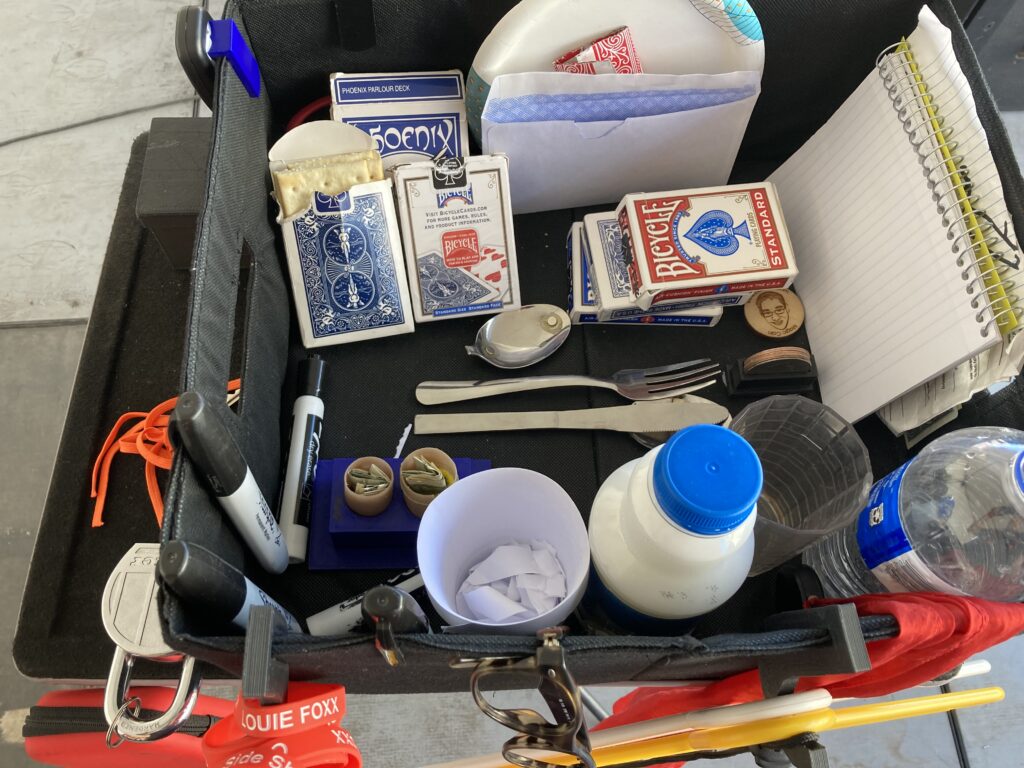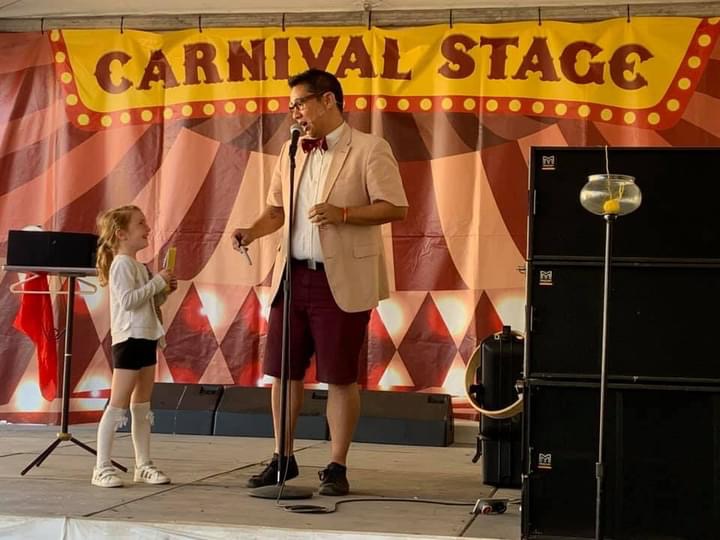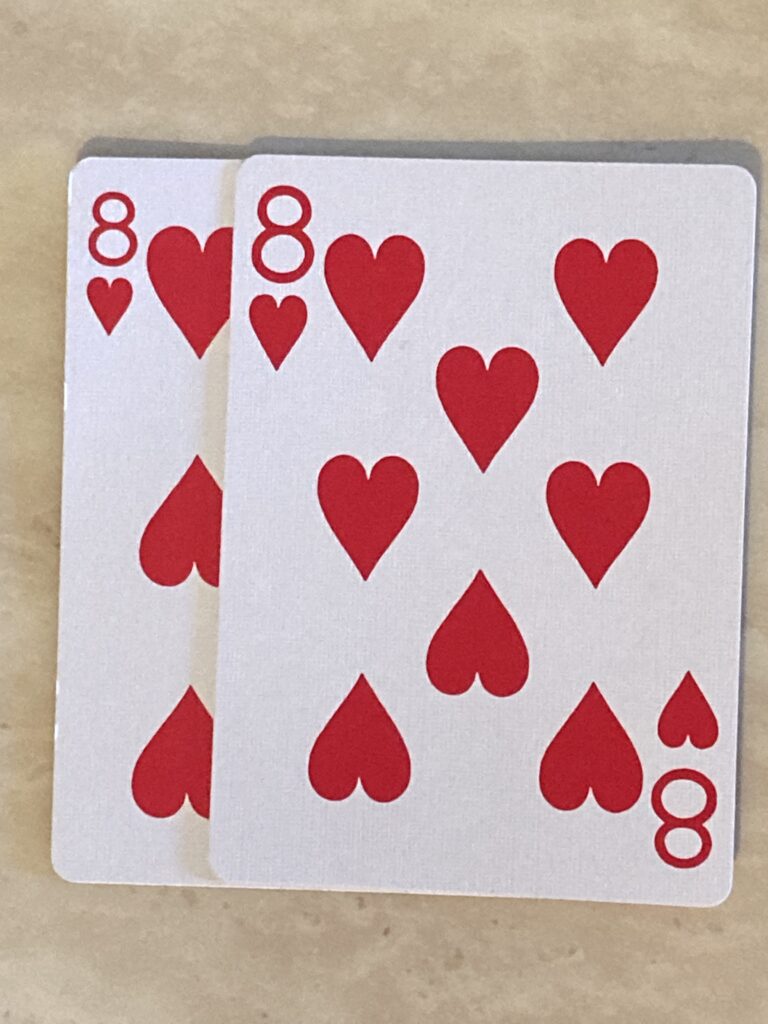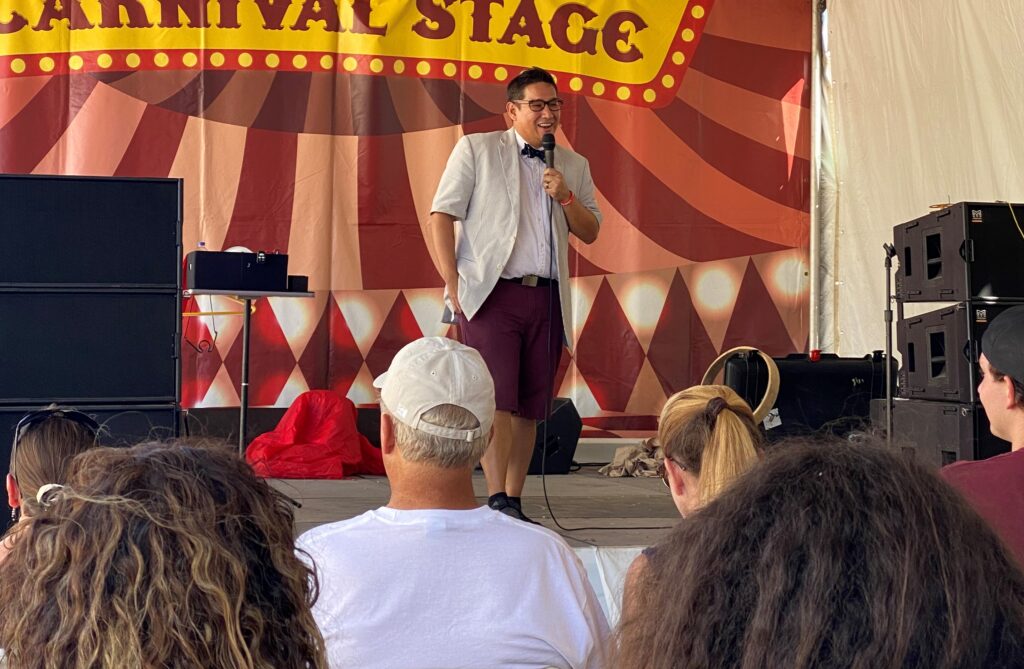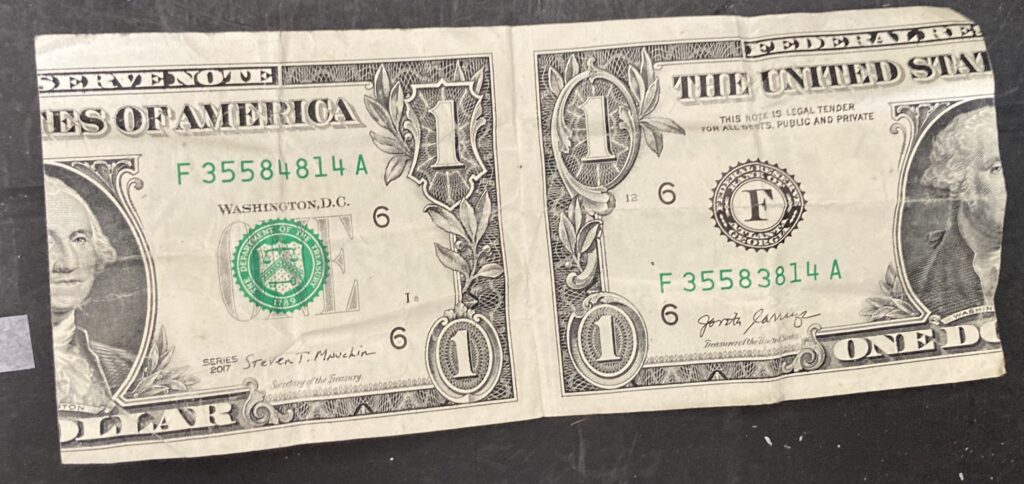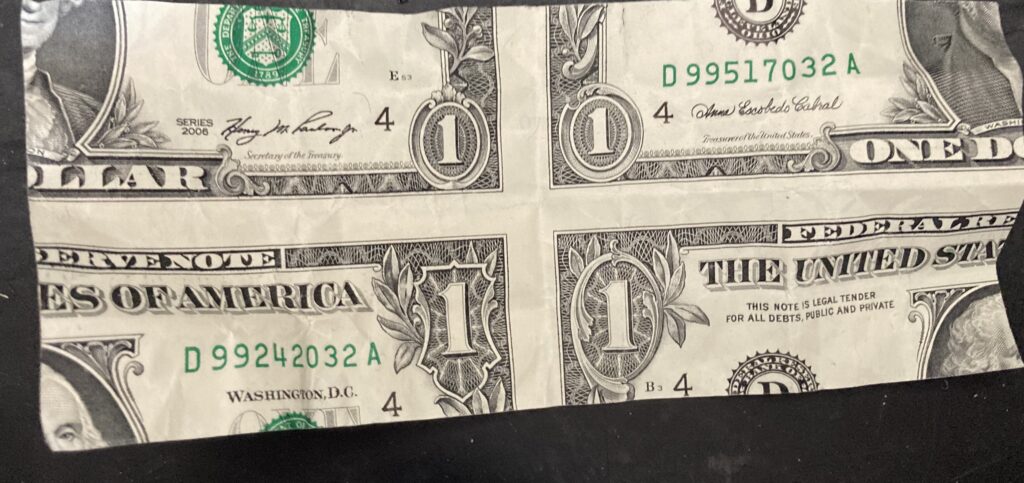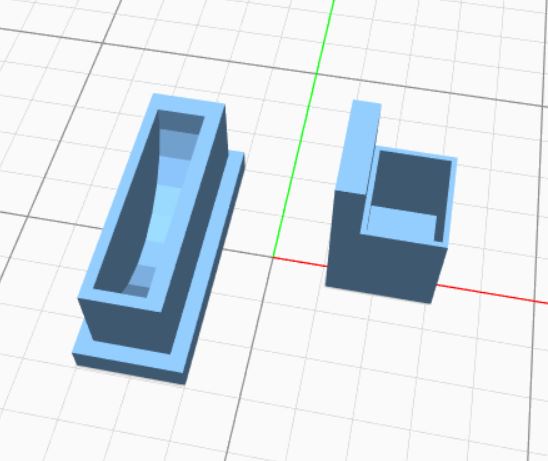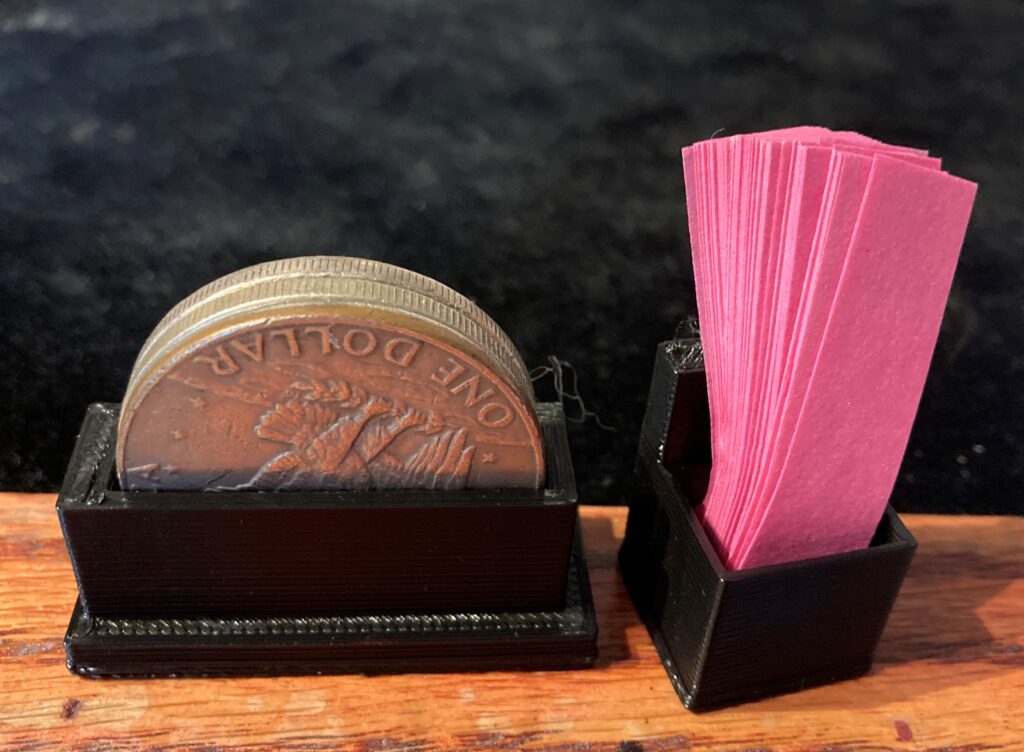It drives me nuts when magicians complain about magic tricks being “knocked off” or “stolen”, but they didn’t take the most basic steps to protect them. It doesn’t take much to register a copyright on the art and instruction for whatever trick you are putting out.
Before you say it, I’m aware that in the USA your work is “copyrighted” the second you create it. The issue is that you can’t enforce that copyright without a registration number. Sure, you can send a “cease and desist” letter, but without a copyright registration, you really can’t legally enforce it.
Magician’s love to say that “show business” is two words and the business is important. It is, and it’s time for magicians to actually look into the business part when releasing tricks. If they did what businesses do and legally protect their intellectual property it really wouldn’t be an ethical issue. It’s pretty cut and dry.
It’s a business decision to not patent a trick that you are releasing due to the cost or time it takes to get a patent. That’s fine, but you have to live with that decision.
Recently I put out a trick called Out For Beers. This trick uses an original visual gag combined with the Out To Lunch Principle. I really like the gag, and wanted to protect it as it’s something that would be easy to knock off. For $65 in filing fees, I was able to copyright the gag. I’ve copyrighted stuff in the past, and it’s always taken 6-9 months, however somehow I got lucky and this one was process in less than a month!
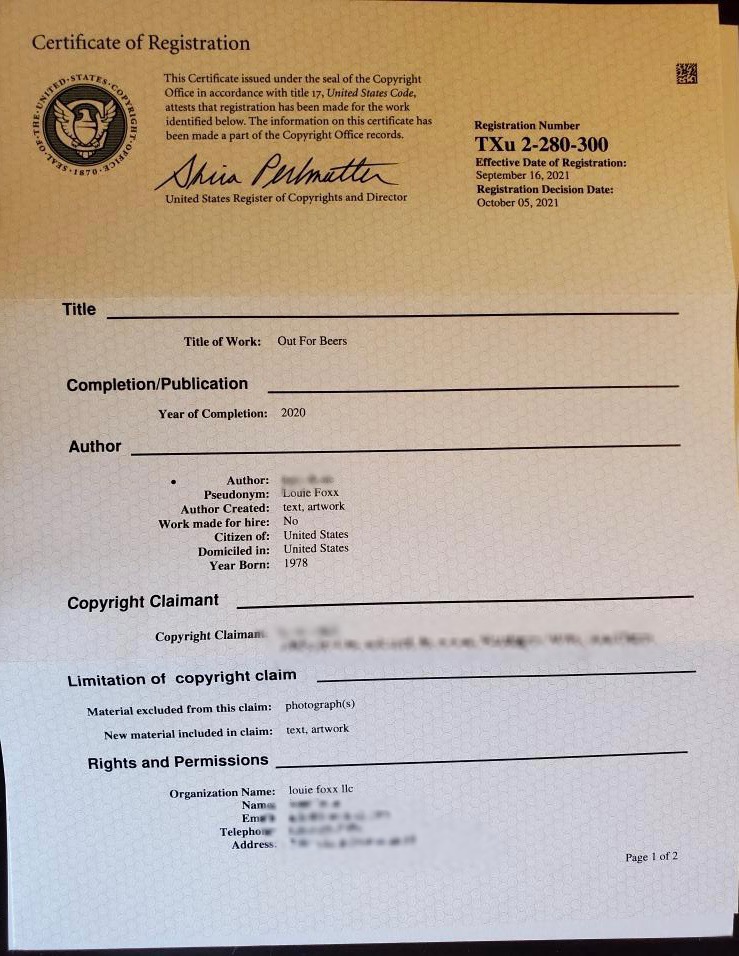
What this certificate and registration number does is allow me to quickly force sites like Ebay or AliExpress to remove the knock off or unauthorized version of the trick from their websites. This doesn’t guarantee that my stuff won’t get knocked off, but it’s gives me a tool to fight people who are knocking off my stuff!


